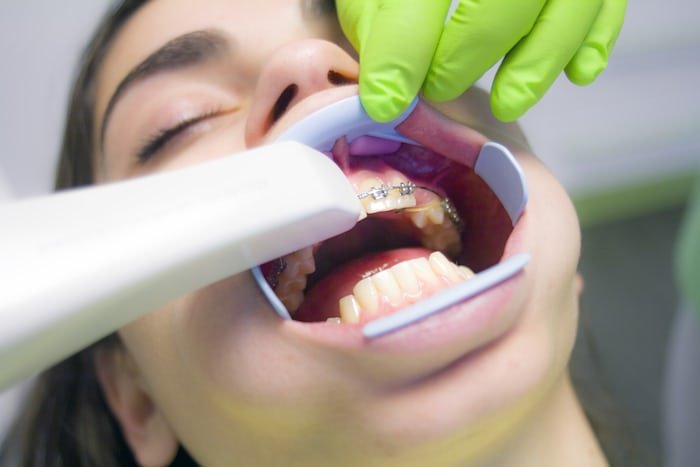Adolescence is a transformative period in a teenager’s life, marked by physical, emotional, and social changes. It’s also a time when many teenagers undergo orthodontic treatment, including the use of braces, to address issues with their teeth and bite. This article explores the journey of orthodontist braces for teens, from the decision to get braces to the benefits they bring in boosting self-esteem and overall well-being.
Early Intervention: A Wise Choice
For some teenagers, orthodontic treatment begins during their early adolescent years, typically around ages 12 to 14. Early intervention allows orthodontists to address developing issues, potentially reducing the complexity and duration of treatment. Catching and treating problems early can lead to a more efficient and effective orthodontic experience.
Choosing the Right Type of Braces
Traditional Braces: These are the most prevalent form of braces, made up of metal brackets and wires. While they are highly effective, some teenagers may feel self-conscious about their appearance.
Ceramic Braces: Ceramic braces are less conspicuous than conventional metal braces as they utilise brackets and wires in tooth-coloured or clear materials. They provide adequate treatment while offering a more discreet appearance.
Invisalign: Invisalign is a popular choice among teenagers for its nearly invisible aligners. These transparent, removable trays offer an excellent choice for individuals seeking to align their teeth without the visibility of traditional braces.
Lingual Braces: Lingual braces are affixed to the rear of the teeth, rendering them entirely concealed from sight. While they are not as noticeable as traditional braces, they may take some time to get used to.
The Orthodontic Journey
Consultation and Evaluation: The procedure commences with a consultation and comprehensive assessment conducted by an orthodontist. X-rays, photographs, and impressions may be taken to create a personalised treatment plan.
Braces Placement: Once the type of braces is selected, the braces are carefully placed on the teeth. This process may take a couple of hours and may involve minor discomfort.
Adjustments and Maintenance: Regular visits to the orthodontist are essential for adjustments and maintenance. During these appointments, the orthodontist makes necessary modifications to the braces to ensure the teeth move correctly.
Oral Care: Teenagers with braces must maintain excellent oral hygiene. Proper brushing, flossing, and the use of special tools like interdental brushes are crucial to prevent issues like plaque buildup and tooth decay.
Dietary Restrictions: There may be dietary restrictions during orthodontic treatment to prevent damage to the braces. It’s best to steer clear of foods that are hard, sticky, and crunchy.
Duration of Treatment: The course of orthodontic treatment differs from person to person and depends on the complexity of the case. It can range from several months to a few years.
Boosting Self-Esteem and Confidence
Improved Smile Aesthetics: As teeth gradually align and spacing issues are corrected, teenagers often begin to see improvements in the appearance of their smiles. This can result in enhanced self-assurance and a greater inclination to smile more frequently.
Better Oral Health: Orthodontic treatment not only addresses aesthetic concerns but also improves oral health. Well-aligned teeth are simpler to keep clean, lowering the threat of gum disease, cavities, and other dental issues.
Enhanced Speech: For some teenagers, orthodontic treatment can improve speech clarity, especially if they experience problems associated with the positioning of their teeth or jaw.
Enhanced Comfort: Correcting bite issues or overcrowding can also result in increased comfort when eating and speaking, which contributes to an overall sense of well-being.
Life Skills: Managing orthodontic treatment requires responsibility and discipline, teaching teenagers essential life skills like adherence to a schedule, maintaining hygiene, and following instructions.
Conclusion
Orthodontist braces for teenagers are not just about straightening teeth; they are a journey that can positively transform a teenager’s life. Beyond the physical changes, orthodontic treatment instils discipline, boosts self-esteem, and contributes to better oral health. It’s a transformative experience that sets the stage for a healthier, more confident future. Adolescents who embark on this journey can navigate their teen years with a beautiful smile and newfound self-assuredness.




























































